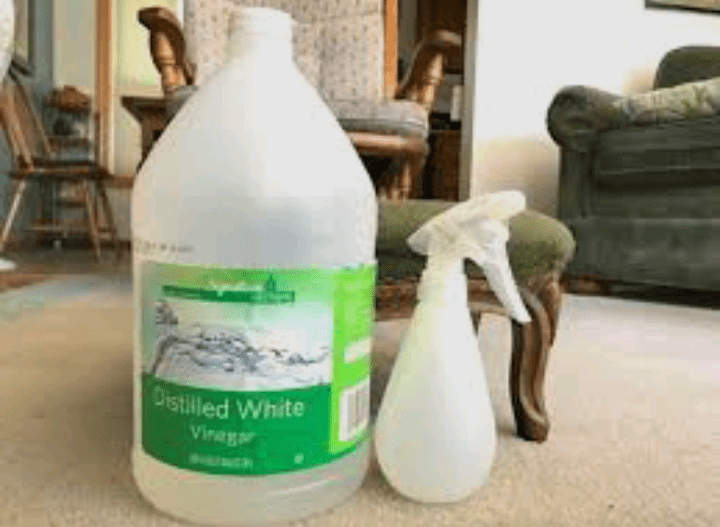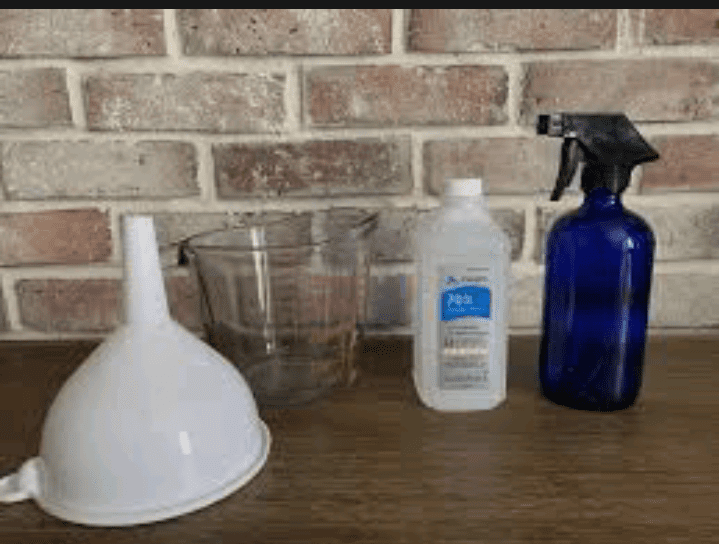Dealing with bed bugs can turn your cozy haven into a restless battleground. If you’re tired of sharing your bed with these unwelcome guests, you’re not alone. The burning question on many minds is, “What kills bed bugs instantly DIY”
In this straightforward guide, we’re diving into the realm of do-it-yourself solutions to tackle bed bug infestations head-on. No need for fancy equipment or complicated procedures – we’re focusing on practical, accessible methods that anyone can employ. From common household items to simple strategies, we’ll explore a range of options to help you bid farewell to bed bugs and regain control of your home.
But before we jump into the solutions, let’s take a moment to understand the sneaky culprits causing all the trouble. Bed bugs, those tiny bloodsuckers, can hide in the smallest nooks and crannies, making them a formidable foe. Whether you’ve spotted the telltale signs of bites, stains, or that distinctive musty odor, identifying a bed bug infestation early is crucial.
Now, armed with the knowledge of your adversary, we’ll guide you through DIY methods that can help you instantly tackle bed bugs. From heat treatments that mimic professional pest control to natural remedies like diatomaceous earth and essential oils, we’re breaking down each method in simple terms, accompanied by relatable examples. It’s time to take back your sleep and bid farewell to those pesky bed bugs once and for all.
Read also: Compost Bin DIY: A Simple Guide to Sustainable Living
What Kills Bed Bugs Instantly DIY

1. Understanding Bed Bugs:
Before going into the DIY solutions, it’s crucial to understand the enemy. Bed bugs (Cimex lectularius) are small, reddish-brown insects that feed on the blood of humans and animals. They are nocturnal creatures, preferring to come out at night to feed on their unsuspecting hosts. Bed bugs can hide in cracks and crevices near the bed, making them challenging to detect and eradicate.
2. Signs of a Bed Bug Infestation:
Identifying a bed bug infestation early is key to effective control. Common signs include:
- Red, itchy bites: Bed bug bites often appear in clusters and may cause itching and discomfort.
- Tiny bloodstains on sheets: After feeding, bed bugs may leave small bloodstains on your bedding.
- Dark fecal spots: Bed bug excrement looks like tiny dark spots on sheets, mattresses, or furniture.
- Musty odor: Bed bugs release a distinct, sweet, musty odor, especially in large infestations.
Read also: DIY Murphy Bed: Unlocking Space-Saving Comfort
3. Now that we’ve covered the basics, let’s delve into the DIY methods to instantly kill bed bugs.
- Heat Treatment:
Bed bugs are highly sensitive to temperature, and exposing them to extreme heat can be an effective DIY method. This method mimics professional heat treatments used by pest control companies.
How to use heat to kill bed bugs:
a. Steam cleaning: Use a steam cleaner to treat infested areas. The high temperature of the steam kills bed bugs on contact.
b. Clothes dryer: Heat infested clothing, bedding, and curtains in a clothes dryer on high for at least 30 minutes.
c. Hairdryer: Direct hot air from a hairdryer into cracks, crevices, and seams where bed bugs hide.
d. Space heaters: Use portable heaters to raise the temperature in infested rooms to at least 120°F (49°C) for several hours.
- Diatomaceous Earth (DE):
Diatomaceous Earth is a natural, non-toxic substance that can be used to dehydrate and kill bed bugs. It is composed of fossilized diatoms, microscopic organisms with sharp edges that damage the exoskeleton of insects.
How to use Diatomaceous Earth:
a. Apply a thin layer: Sprinkle a thin layer of DE in areas where bed bugs are likely to travel, such as around the bed frame, mattress seams, and baseboards.
b. Leave it for a few days: Allow the DE to remain undisturbed for a few days to ensure that bed bugs come into contact with it.
c. Vacuum the area: After a few days, vacuum the treated areas to remove dead bed bugs and excess DE.
- Rubbing Alcohol:
Rubbing alcohol, also known as isopropyl alcohol, is a readily available and effective solution for killing bed bugs on contact. It works by breaking down the bugs’ exoskeleton, causing them to dehydrate.
How to use rubbing alcohol to kill bed bugs:
a. Fill a spray bottle: Pour rubbing alcohol into a spray bottle.
b. Spray directly on bed bugs: Spray the alcohol directly on bed bugs and their hiding places, such as cracks, seams, and crevices.
c. Repeat as needed: Reapply as necessary, and be cautious of flammability—ensure proper ventilation when using alcohol.
- Essential Oils:
Certain essential oils have insecticidal properties that can repel or kill bed bugs. Popular choices include tea tree oil, lavender oil, and eucalyptus oil.
How to use essential oils to repel and kill bed bugs:
a. Create a spray: Mix a few drops of essential oil with water in a spray bottle.
b. Spray infested areas: Apply the mixture to areas where bed bugs are present, such as the bed frame, mattress, and furniture.
c. Use a diffuser: Use essential oil diffusers in infested rooms to disperse the scent and repel bed bugs.
- Baking Soda:
Baking soda, or sodium bicarbonate, is a common household item with multiple uses, including absorbing moisture and odors. While it doesn’t directly kill bed bugs, it can help by drying them out and disrupting their feeding habits.
How to use baking soda to control bed bugs:
a. Sprinkle on infested areas: Sprinkle baking soda on areas where bed bugs hide, such as mattress seams and cracks.
b. Leave it for a few days: Allow the baking soda to sit for a few days before vacuuming the treated areas.
c. Repeat as needed: Repeat the process as needed to control the infestation.
- Bed Bug Traps:
Traps are an effective way to monitor and reduce the bed bug population. While they may not instantly kill bed bugs, they can help identify the extent of the infestation and prevent further spread.
How to use bed bug traps:
a. Place traps strategically: Position traps near the bed, furniture, and other areas where bed bugs are suspected.
b. Monitor regularly: Check traps regularly for captured bed bugs and replace them as needed.
c. Isolate infested items: Use traps to isolate infested items, such as bed legs, to prevent bed bugs from spreading.
Read also: Complete Steps in Aluminum Recycling Guide
